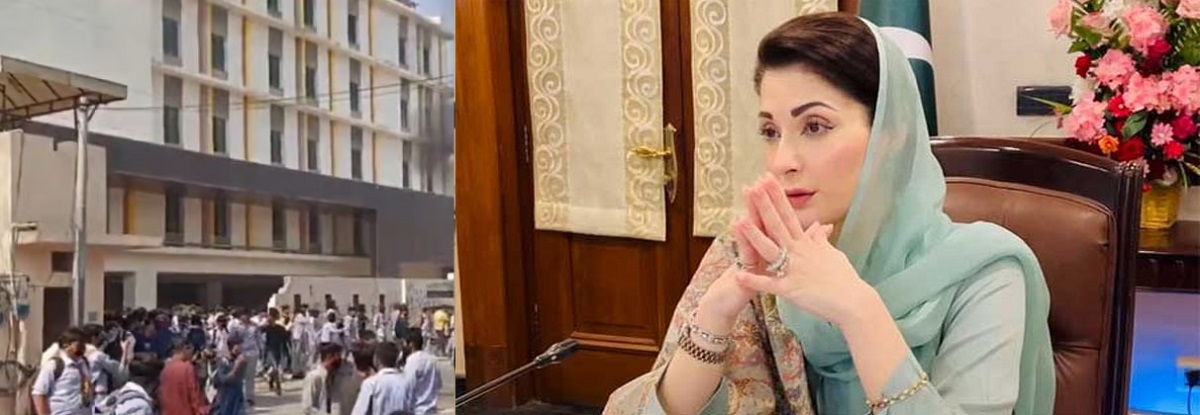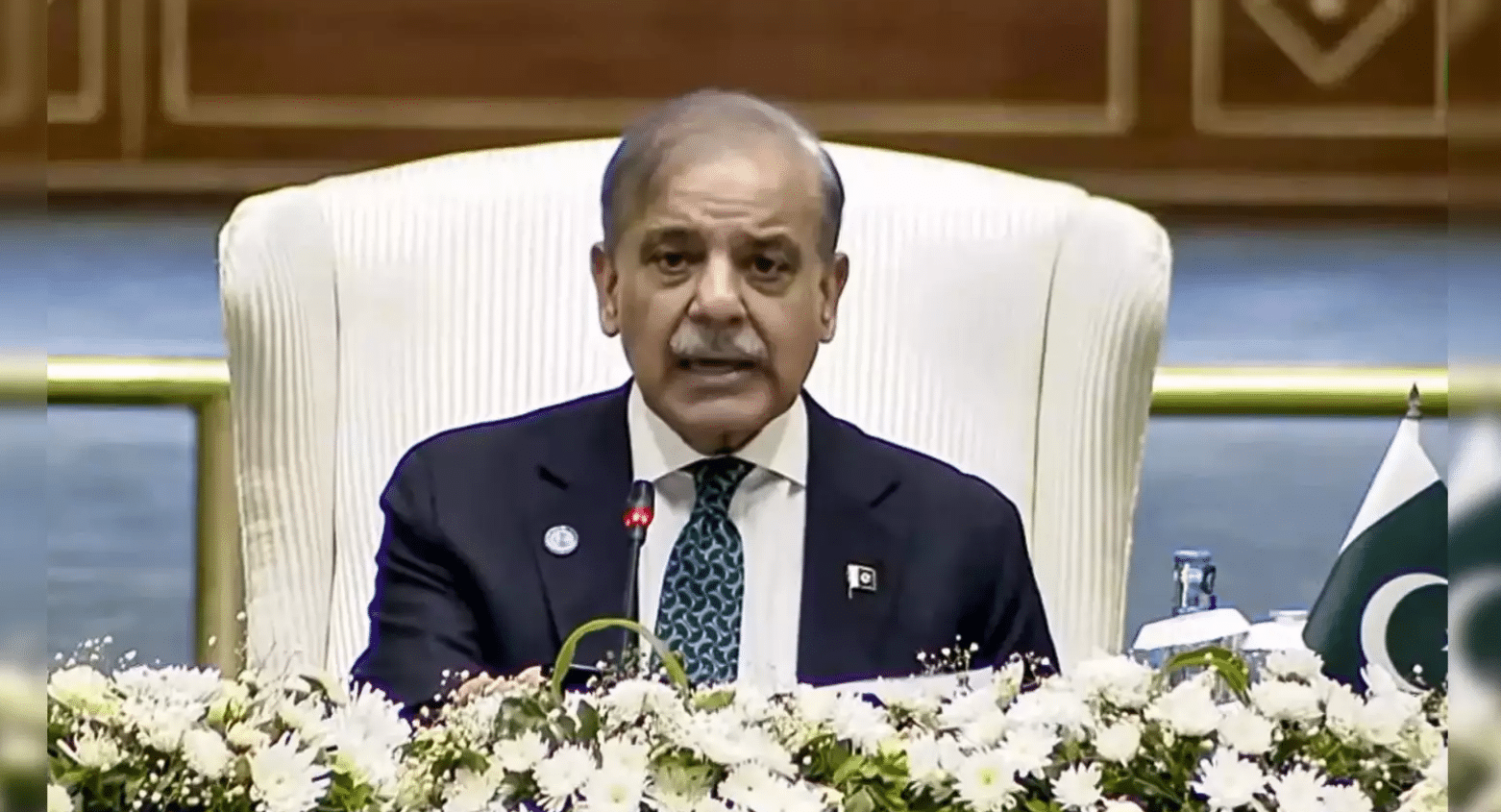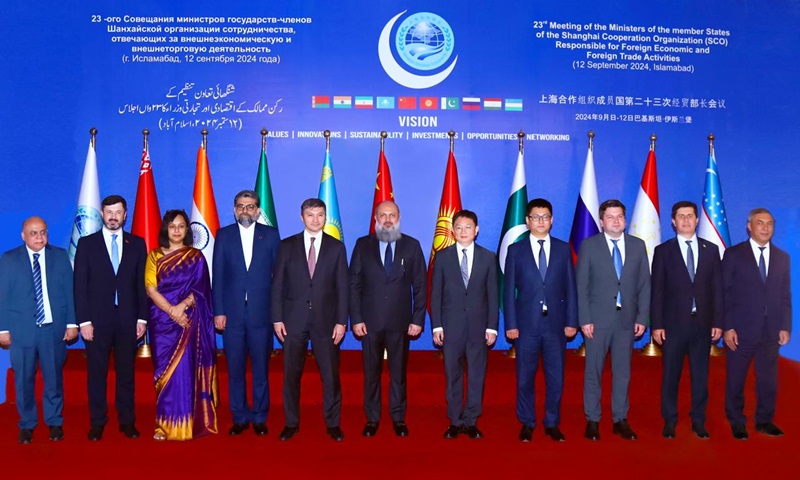The global oil market is in flux, and there’s exciting news for consumers in Pakistan. A significant reduction in global oil prices, coupled with the strengthening of the rupee, may lead to petrol and high-speed diesel (HSD) prices falling below Rs300 per liter in the upcoming review. This potential drop, up to Rs20 per liter for HSD and Rs38 per liter for petrol, represents the most substantial single decrease in fuel prices in recent times. However, it’s important to note that the caretaker government holds the discretion to decide otherwise, especially concerning high-speed diesel. Currently, HSD carries a petroleum development levy of Rs50 per liter, while petrol has a levy of Rs60 per liter.
The Government’s Revenue Aims
The government’s primary goal is to collect approximately Rs869 billion in levies on petroleum products. This revenue is vital to meet budget targets and commitments made with the International Monetary Fund (IMF) for the current fiscal year. The implications of these changes are substantial, as they mark the second consecutive reduction in petroleum prices by the caretaker government after three consecutive fortnightly increases. Between August 15 and September 15, the prices of petrol and high-speed diesel had risen significantly, reaching historic highs of Rs331-333 per liter at the retail level.
Taxation and Petroleum Products
Currently, the government imposes approximately Rs82 per liter in tax on petrol and Rs73 on high-speed diesel. Although the general sales tax on all petroleum products is currently set at zero, there is a petroleum development levy of Rs60 per liter on petrol and Rs50 per liter on HSD, among other fuels.
For the past month, petrol and diesel prices have remained above Rs300 per liter. Alongside costly electricity, fuel has been a major contributor to high consumer prices, pushing inflation to 31.4 percent in September. The anticipated reduction in fuel prices could help alleviate this upward trend in inflation.
Factors at Play
Sources have indicated that, based on current tax rates and other factors, the price of petrol could decrease by Rs36-38 per liter. This is primarily due to a substantial 12 percent reduction in its international price, falling from $99 per barrel to $87, and a more than 4 percent appreciation of the rupee against the US dollar.
Similarly, the price of high-speed diesel in the global market has decreased by about $8 per barrel in the last two weeks. With the rupee’s appreciation and stable import cargo premiums, the cost and freight price for HSD is likely to decrease by Rs22 per liter.
Economic Significance
It is essential to note that both petrol and high-speed diesel prices are major revenue sources for the government, with significant monthly sales. Their prices have a direct impact on various sectors of the economy and household budgets, making these anticipated reductions highly significant for the middle- and lower-middle-class segments.
In conclusion, the potential reduction in petrol and high-speed diesel prices below Rs300 per liter is a significant development that can positively impact the finances of the common citizen and curb the rising trend of inflation. It’s a change worth keeping a close eye on.




